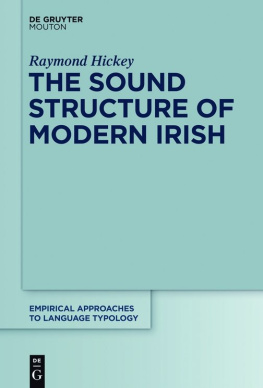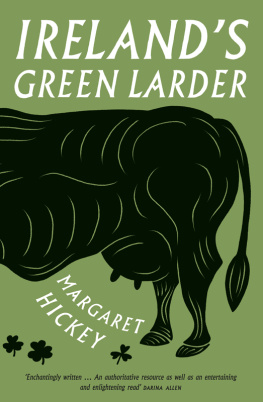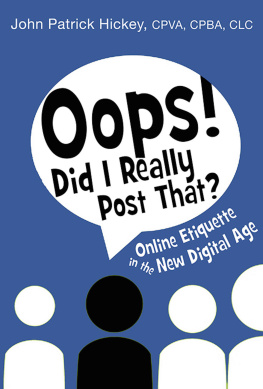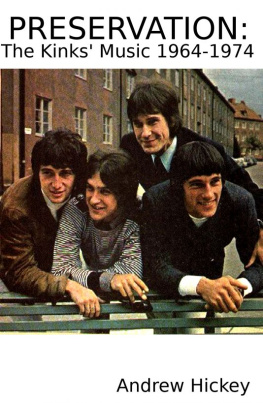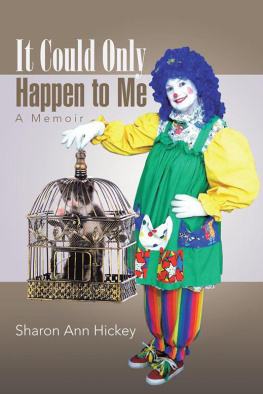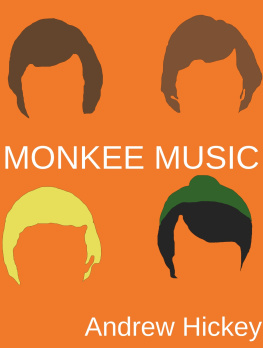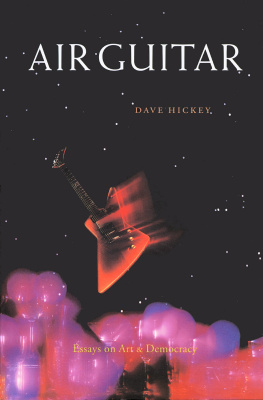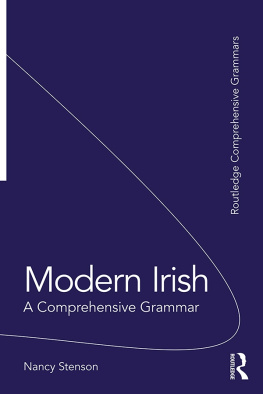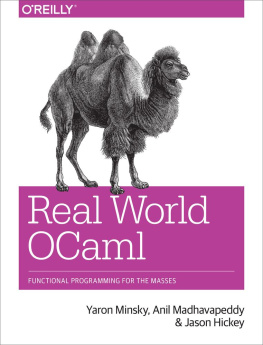Hickey - The Sound Structure of Modern Irish
Here you can read online Hickey - The Sound Structure of Modern Irish full text of the book (entire story) in english for free. Download pdf and epub, get meaning, cover and reviews about this ebook. year: 2014, publisher: De Gruyter, Inc., genre: Home and family. Description of the work, (preface) as well as reviews are available. Best literature library LitArk.com created for fans of good reading and offers a wide selection of genres:
Romance novel
Science fiction
Adventure
Detective
Science
History
Home and family
Prose
Art
Politics
Computer
Non-fiction
Religion
Business
Children
Humor
Choose a favorite category and find really read worthwhile books. Enjoy immersion in the world of imagination, feel the emotions of the characters or learn something new for yourself, make an fascinating discovery.
- Book:The Sound Structure of Modern Irish
- Author:
- Publisher:De Gruyter, Inc.
- Genre:
- Year:2014
- Rating:3 / 5
- Favourites:Add to favourites
- Your mark:
- 60
- 1
- 2
- 3
- 4
- 5
The Sound Structure of Modern Irish: summary, description and annotation
We offer to read an annotation, description, summary or preface (depends on what the author of the book "The Sound Structure of Modern Irish" wrote himself). If you haven't found the necessary information about the book — write in the comments, we will try to find it.
Hickey: author's other books
Who wrote The Sound Structure of Modern Irish? Find out the surname, the name of the author of the book and a list of all author's works by series.
The Sound Structure of Modern Irish — read online for free the complete book (whole text) full work
Below is the text of the book, divided by pages. System saving the place of the last page read, allows you to conveniently read the book "The Sound Structure of Modern Irish" online for free, without having to search again every time where you left off. Put a bookmark, and you can go to the page where you finished reading at any time.
Font size:
Interval:
Bookmark:
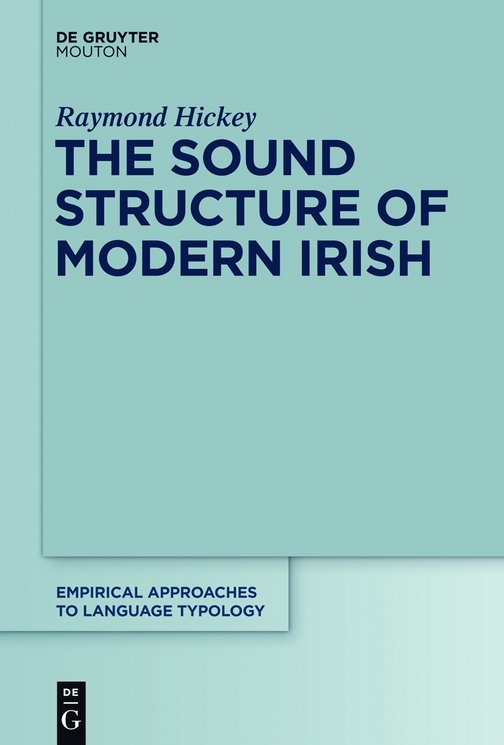
The divisions given here are those which are generally accepted by Celtic scholars, beginning with Thurneysen (1946: 1) and continued in the major work on the history of Irish, Stair na Gaeilge (McKone et al., eds, 1994).
| Time | Period | Language |
|---|---|---|
| 4c | Primitive Old Irish | Written remains of the language are not yet available. This is the period of Christianisation in Ireland (in 432 by St. Patrick according to tradition). The early Celtic Christian church is particularly strong in Ireland and Scotland. |
| 6c | Early Old Irish | Attested in Ogam inscriptions (standing stones with personal names etched on the edge in a particular script). |
| 7c | Old Irish | Documented in glosses to religious works found in monasteries in continental countries, especially Germany, Switzerland and Italy. |
| 800- | Old Irish | Linguistic influence is seen in borrowings from Old Norse. |
| 900- | Middle Irish | Available in legal texts, sagas as well as in works of literature contained in famous manuscript collections. Viking settlements are established in Ireland. |
| 1169 | Middle Irish | Coming of the Normans (military conquest). Introduction of Norman French to Ireland; English speakers came in the retinue of the Norman lords. |
| 1200- | Early Modern Irish | An increasingly fossilised form of language is found in praise poetry and emulations of older literary styles. |
| 1600 | Modern Irish | Dialectal divisions become obvious (North-West, West, South-West). Appearance of regional differences in writing. Separation of Scottish Gaelic and Manx is complete. |
| 1601 | Modern Irish | Irish and Spanish forces are defeated at Kinsale, Co. Cork. During the seventeenth century a vigorous policy of plantation is pursued, chiefly by Cromwell in the late 1640s and early 1650s. This led to a concentration of Irish speakers in the poorer regions of the west of the country. Speakers from Ulster are also settled in North Connacht. |
| Early 19c | Modern Irish | Rapid decline of the Irish language sets in despite Catholic Emancipation in 1829. |
| 1845-8 | Modern Irish | Potato famine occurs, affecting the poorer, mostly Irish-speaking areas; about one million people die. |
| late 19c | Modern Irish | Decline is furthered by mass emigration in the ensuing exodus from the countryside. More than a million people emigrate during and immediately after the Great Famine. |
| 1850- | Modern Irish | Irish-speaking areas no longer geographically contiguous. |
| 20/21c | Modern Irish | Present-day Irish is spoken natively in areas now greatly reduced in size. There |
| are now three main regions (Donegal, Connemara, Kerry with remnants in South-West Cork and West Waterford) with not very much more than 20,000 native speakers left in the Gaeltacht. However, there is a much greater number of non-native speakers, with varying degrees of competence in the language. |
The first treatise in Irish on questions of language is Auraicept na n-ces , literally the poets primer (Calder 1917, Ahlqvist 1983), an uneven work, containing many unfounded speculations on the origin of Irish and of alphabets alongside reasonable comments on the structure of the language. It was composed in sections, the earliest of which reach back to the seventh century (although the manuscripts date from the fourteenth century and afterwards) and in which many of the terms later found in the language were introduced. The text itself is quite short, less than 200 lines, but the manuscript contains much extraneous comment, resulting in a size of some 1600 lines for the entire work. It is not known who the original author was, although there is no lack of speculation, such as that of ODonovan (1845: 55) who sees the work as having been composed by one Forchern who is supposed to have flourished in Ulster in the first century AD.
More recent authors such as Cuv (1965: 158) see Auraicept na nces as arising under the influence of Isidore of Sevilles (c 560-636) Etymologiae (something also noted by Thurneysen 1928: 303) and ventures that the latter accounts for the liking for etymologies and explanations which one finds in many of the later glossed manuscripts. It is not until very much later that one has grammars on Irish.
The Irish Bardic Tracts is a collective term (L. McKenna 1979 [1944]) given to a series of treatises for instructing professional writers in the grammar of Irish. They belong to the period from 1200 to 1600 (Classical Modern Irish, Cuv 1965:141) during which a uniform type of language was used in professional praise-poetry for Irish local rulers. This written register was far removed from spoken speech and one of the chief purposes of the bardic tracts was to instruct potential writers in a form of the language which for them would have been quite archaic. Most of the material in the tracts stems from the sixteenth and seventeenth centuries (Adams 1970: 158) but some of it survives in manuscripts which were written in the eighteenth and nineteenth centuries. The earliest of the tracts may, in the opinion of Cuv and Bergin go back to 1500 or possibly earlier.
Linguistically, the bardic tracts are far superior to the Auraicept na nces . They contain terms which are both derived from Latin and devised to deal with the special features of Irish, for instance the well-known three parts of speech: focal noun, pearsa verb (later replaced by the indigenous term briathar ) and iairmbarla , literally hindspeech a term used to refer to unstressed proclitics (Adams 1970: 158).
hEodhasa [OHussey] (c 1575-1614), a Franciscan monk working in Louvain, produced a grammar entitled Rudimenta Grammaticae Hibernicae (de Clercq and Swiggers 1992: 87-91). Later in the seventeenth century, in 1677, the Grammatica Latino-Hibernica , nunc compendiata by Francis OMolloy appeared and somewhat earlier, in 1643, Mchel Clirigh had produced an elementary Irish dictionary again in Louvain.
At the beginning of the eighteenth century one finds The Elements of the Irish Language , grammatically explained in English , in fourteen chapters by Hugh MacCurtin which was printed in Louvain in 1728. By the same author there exists an English-Irish Dictionary (Paris, 1732). In keeping with the profession practised by many of these authors, one often has grammatical comment as an interspersion or an appendix in a religious work. Thus Andrew Donlevy appended a chapter entitled The elements of the Irish language to his Irish-English Catechism of 1742. Towards the end of the eighteenth century one finds an Irish grammar ( Grammar of the Iberno-Celtic , or Irish language ) by Charles Vallancey in 1773 which was printed in an enlarged edition in 1782. By the beginning of the nineteenth century more grammars begin to appear, the most comprehensive being A Grammar of the Irish Language by John ODonovan in 1845. By this time the interest of Indo-European scholars had been directed towards Celtic languages, consider Johann Kaspar Zeusss Grammatica Celtica of 1853 (revised by H. Ebel in 1871) and academic articles by scholars like Heinrich Zimmer. This period also saw Alfred Holders Alt-celtischer Sprachschatz (3 vols. 1896-1907) and Franz Nikolaus Fincks Die araner mundart . Ein beitrag zur erforschung des westirischen (1899). The beginning of the twentieth century saw the monumental Vergleichende Grammatik der keltischen Sprachen by Holger Pedersen (1909-1913 and Rudolf Thurneysens standard work Handbuch des Altirischen (1909, translated into English and published in 1946) along with the Grammaire du Vieil-Irlandais by Joseph Vendryes (1908), the Manuel d irlandais moyen by Georges Dottin (1913, 1980) and Julius Pokornys A Concise Old Irish Grammar and Reader (1914).
Font size:
Interval:
Bookmark:
Similar books «The Sound Structure of Modern Irish»
Look at similar books to The Sound Structure of Modern Irish. We have selected literature similar in name and meaning in the hope of providing readers with more options to find new, interesting, not yet read works.
Discussion, reviews of the book The Sound Structure of Modern Irish and just readers' own opinions. Leave your comments, write what you think about the work, its meaning or the main characters. Specify what exactly you liked and what you didn't like, and why you think so.

